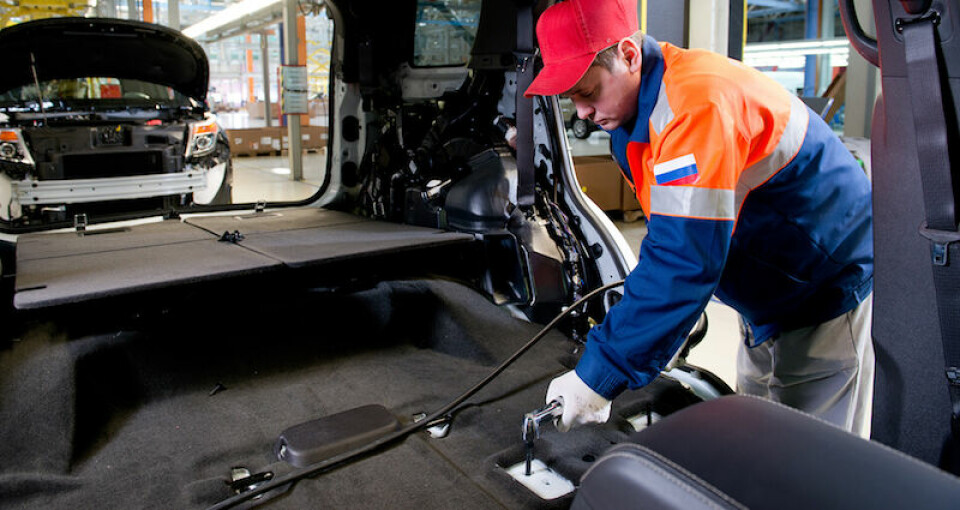Q&A: Adil Shirinov, Ford Sollers
As CEO of Ford’s Russian joint venture with local manufacturing specialist Sollers, Adil Shirinov tells AMS how Ford Sollers survived the crisis and how he plans to get the brand into the top five again by focusing on vans and SUVs
Ford sales have more than halved from 2012. How have you coped?We very aggressively restructured the business, cut costs and reframed our marketing strategy. It was quite painful; we had to have a headcount reduction. We are not proud, but we needed to do this very quickly.
You have three assembly factories, four including an engine plant. Did you consider closing one?If it makes business sense, it will decrease the size of our footprint. But our initial plan, and with our strengths in SUV and LCV, means that we don’t need to cut the plants we have.
How can you sustain three assembly plants when overall sales this year are likely to be below 50,000?We try to utilise our assets, for example our [St Petersburg] plant does sub-assemblies for our other plants in Tatarstan, which helps us with localisation and definitely helps with costs. [The second way] is localisation and we are one of the first OEMs to use tier two and tier three suppliers localised in Russia and, more importantly, we are using local raw materials like steel and aluminium to the maximum extent possible.
The government wants more makers to export outside Russia. Will you be doing that?In the mid-term future, Russia’s cost advantage means it has the potential to be one of the best locations globally for export. We’re looking at that.
[sam_ad id=17 codes='true']
To Europe as well?Yes, why not? Our suppliers are already exporting components to Europe, for example Turkish company Coşkunöz [based near the Elabuga plant] supplies stampings for EcoSport production in Romania.
What is your localisation rate right now? We are slightly exceeding 60%. We have more than 300 local components and more than 70 suppliers localised in Russia, a combination of global and local companies. We are 78% localised in our engine plant [building the 1.6 Sigma petrol], it was 45% after launch. We do not make from kits any more.
Where are Russian suppliers weak at the moment?The lack of experience to support local OEMs is a problem, specifically in the design and development phase of new products. But this is a matter of time only. In another 3-7 years, the Russian supply base will become the same as we experienced 15-20 years ago in Eastern Europe.
Do you need more models to grow in Russia?This is one of the questions we are actively reviewing. We have seven models right now, but it’s important to focus on the volume makers to have a sustainable business long term. It could be 3-4 models to ensure to our stability. It’s not more products, it’s the right products.
What is your percentage of SUV sales and what could it be?40% now and could extend to 50/55% in 3-5 years.

Your St Petersburg factory makes the Focus and Mondeo, both in shrinking segments. Does it need an SUV?The Mondeo segment is quite tiny and dominated by the Toyota Camry. The Focus segment has shrinking for last five years but we are still growing market share. We have an opportunity to continue to grow with Focus and an SUV for that plant. When we study export opportunities we should continue to bear that in mind.
When will you be back in profit?Next year. We do not have another chance. We will be profitable.
You mentioned you wanted leadership in certain segments. Which ones?Commercial vehicles are growing fast, up 70% this year. We are already number one among foreign OEMs but we are not interested in beating them, we are interested in beating GAZ, the local leader. We will take the lead from them very soon. I think they maybe have a year or two to relax.
You were third best-selling brand in 2009, now you’re eleventh. Can you get back up?We should be back in the top three overall. In 2009, there was a different market environment, no Hyundai, no Kia, no VW to the extent that they are today. These are not excuses. To go to top five or top three this is the challenge, otherwise we won’t exist in Russia.


